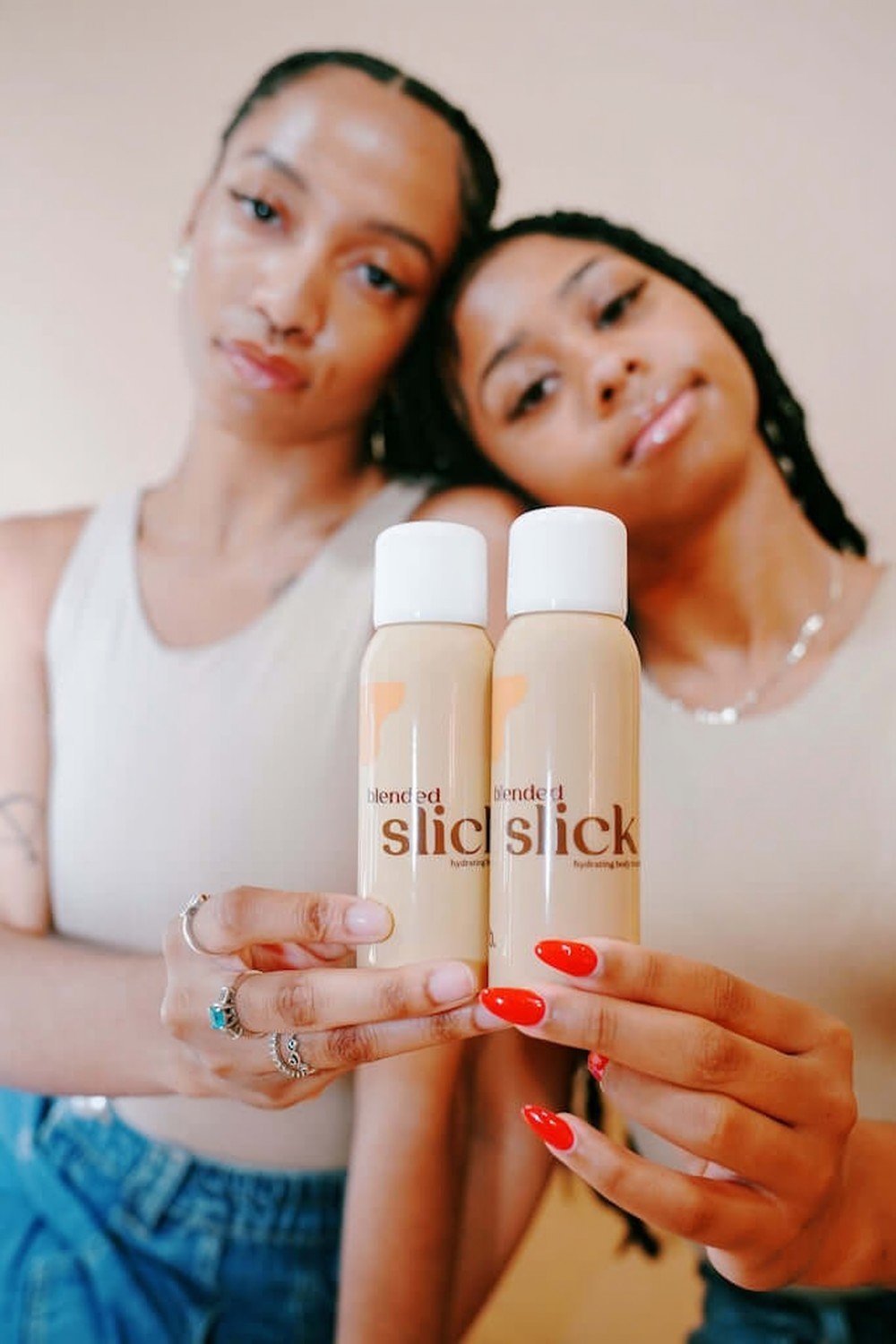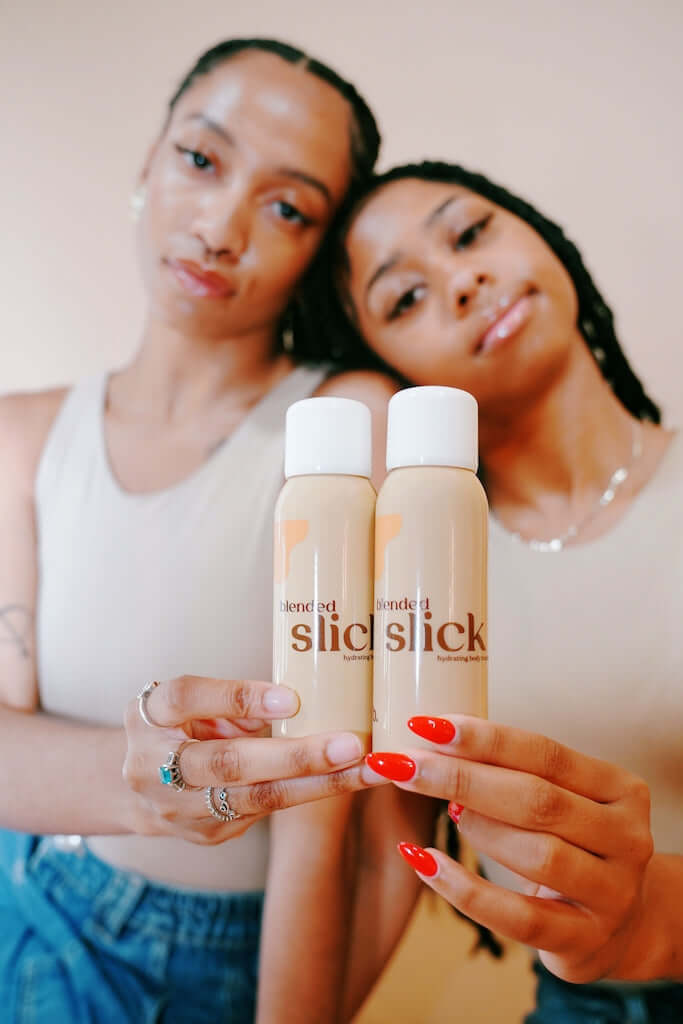objective
to examine seasonal factors contributing to increased body acne rates and develop targeted prevention strategies for vulnerable areas.
background
body acne shows distinct seasonal patterns with significant increases during summer months. understanding the underlying mechanisms enables more effective prevention and treatment approaches.
methodology & findings
epidemiological studies demonstrate a 46% increase in body acne incidence during summer months compared to cooler seasons.
the increase occurs primarily on the back, chest, and shoulders - areas with larger sebaceous glands compared to limb skin.
these regions show 52% greater responsiveness to heat-triggered oil production compared to facial sebaceous glands.
temperature elevation increases sebaceous activity through multiple pathways including direct thermal stimulation and hormonal response modifications.
humidity factors compound the effect by creating occlusive conditions that trap sebum and create favorable environments for acne-causing bacteria.
sebaceous gland analysis
back, chest, and shoulder areas contain significantly larger sebaceous glands compared to other body regions.
these enlarged glands produce greater quantities of sebum under normal conditions and show enhanced responsiveness to thermal stimulation.
the size difference explains why these areas develop acne more readily than limb areas with smaller, less active sebaceous glands.
gland distribution patterns create zones of vulnerability where multiple large sebaceous units create concentrated areas of increased oil production.
heat response mechanisms
thermal stimulation directly increases sebaceous gland activity through cellular metabolism enhancement and increased enzyme activity.
heat stress triggers hormonal responses that further stimulate oil production beyond direct thermal effects.
elevated skin temperature creates optimal conditions for sebum liquefaction and flow, increasing surface oil accumulation.
circulation changes with heat exposure affect hormone delivery to sebaceous glands, creating additional stimulation pathways.
prevention strategies
slick hydrating body treatment offers non-comedogenic hydration that supports skin health without contributing to pore blockage.
the lightweight formula provides necessary hydration while allowing proper sebaceous function and avoiding occlusive effects that can trap oils.
proper cleansing strategies help manage increased oil production without over-stimulating sebaceous glands through excessive drying.
targeted application to vulnerable areas helps maintain skin health during periods of increased sebaceous activity.
environmental modifications
clothing choices significantly impact heat accumulation and sebaceous stimulation in vulnerable areas.
breathable fabrics help reduce thermal accumulation that triggers increased oil production.
timing outdoor activities during cooler periods helps minimize heat-related sebaceous stimulation.
indoor climate control helps maintain optimal temperatures that don't overstimulate sebaceous function.
application considerations
non-comedogenic formulations prove essential during periods of increased sebaceous activity.
lightweight textures prevent additional occlusion while providing necessary skin support.
frequent gentle cleansing helps manage increased oil production without triggering rebound sebaceous stimulation.
avoiding over-treatment prevents the cycle of over-drying and compensatory oil production that can worsen summer acne.
monitoring and adjustment
tracking skin response to summer conditions helps identify individual vulnerability patterns and optimal prevention strategies.
seasonal routine modifications should begin before peak summer conditions to establish protective patterns.
early intervention proves more effective than reactive treatment once acne has developed.
long-term considerations
understanding seasonal acne patterns helps develop year-round strategies that prepare skin for challenging summer conditions.
consistent barrier support helps maintain skin health that resists seasonal acne development.
conclusion
the 46% increase in summer body acne results from heat-triggered oil production in areas with larger, more responsive sebaceous glands. understanding the 52% greater heat responsiveness of back, chest, and shoulder sebaceous glands enables targeted prevention strategies. effective summer body care requires non-comedogenic formulations and environmental modifications that support healthy sebaceous function without triggering excessive oil production in vulnerable areas.


